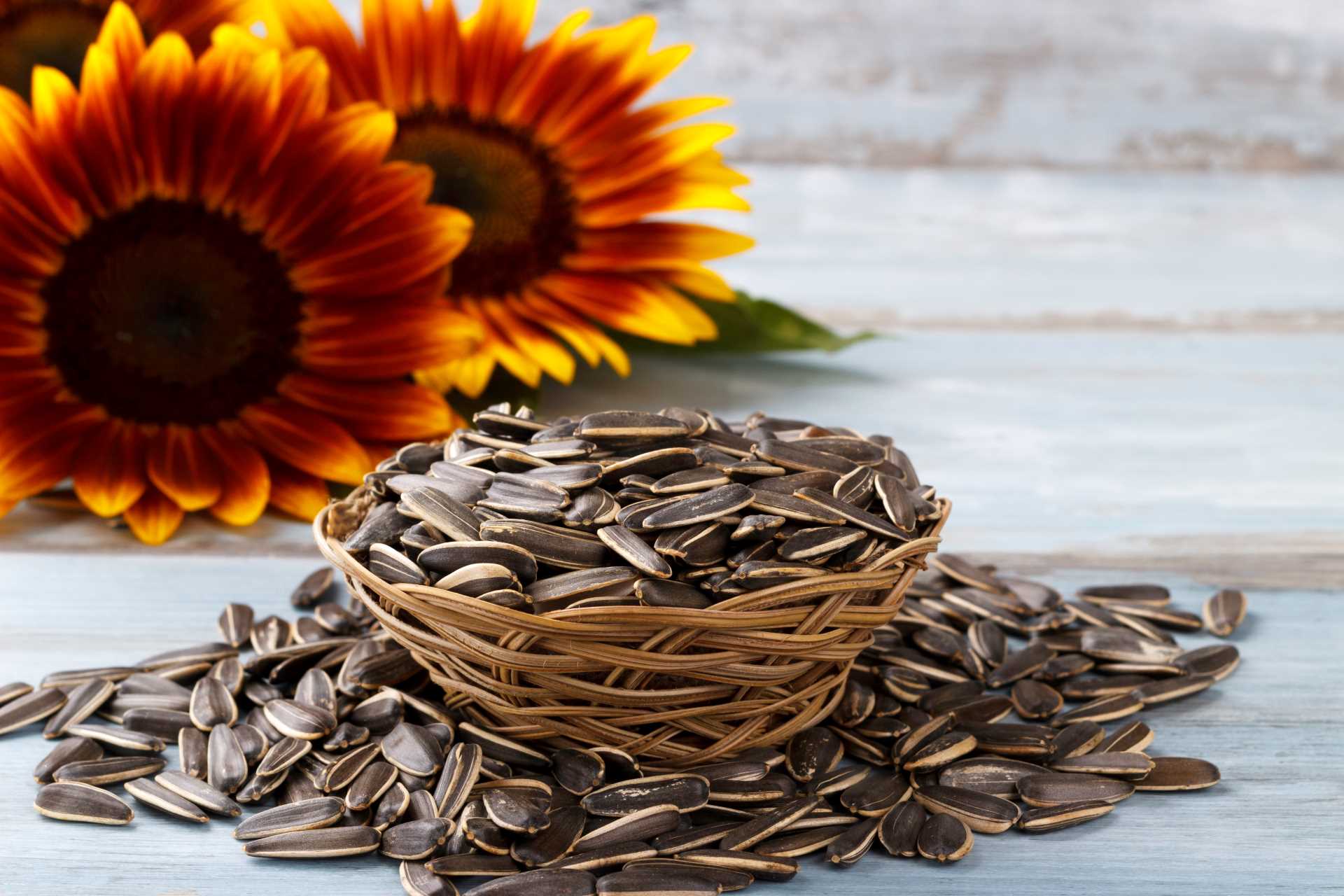The sunflower seed is a superstar in the world of nuts and seeds Its familiar teardrop shape and black and white striped shell is iconic But despite its ubiquity, many people don’t fully understand what makes up the size of this mighty little seed. In this article, we’ll break down the components that contribute to the size of a sunflower seed.
Two Main Types: Oilseed and Confection
There are two main types of sunflower seeds oilseed and confection Oilseed sunflowers are grown primarily for their oil content They have solid black shells and are smaller than confection seeds. Confection sunflowers are grown for eating whole and have a larger kernel size. They are the ones with the familiar black and white striped hull.
Confection sunflower seeds are typically 5/8 inch long. That’s around 16mm for those on the metric system. The heavy hull accounts for about half the total seed weight. It is loosely attached to the edible kernel inside.
The kernel is the actual seed we eat. Kerels range from 1/4 to 3/8 inch long generally. That’s roughly 6 to 10mm.
Seed Size Varies
Seed size depends mainly on the plant’s genetics. However, planting density and weather conditions also play a role.
Densely planted sunflowers will produce smaller seeds overall. When sunflowers have more breathing room, the plant can devote more resources to each seed which allows them to grow bigger. Hot, dry weather during seed development tends to reduce seed size as well.
Even within the same sunflower variety, individual seed size can vary quite a bit. Larger seeds generally produce more robust seedlings and sometimes have higher oil content by weight. That’s why seed producers have size grading equipment to sort seeds by dimensions. The very largest are sold for snacks and baking. Smaller ones usually go for pressing into sunflower oil.
Graded by Thousand Seed Weight
In the sunflower seed industry, seeds are categorized by thousand seed weight (TSW). This refers to the weight in grams of 1,000 seeds including the hull.
Typical TSW for oilseed sunflowers ranges from 40-70g. Confection sunflowers have a higher TSW of 90-120g since they have a larger meat-to-hull ratio.
Seed producers use TSW as a quality benchmark. A higher TSW means plumper, meatier seeds. It also indicates higher percentages of kernel versus hull.
Hull Accounts for Half the Size
As mentioned earlier, the hull makes up around half the total size of a confection sunflower seed. The hull is a hard outer covering that protects the kernel as the seed develops. It has no food value for humans.
Hulls range from 3/16 to 1/4 inch thick. That’s roughly 5-6mm. They are longest at the top point of the seed and taper down to a rounded bottom. The seed is attached to the inside of the hull by the seed coat.
The seed coat is a thin papery layer that covers the kernel. It has a silvery sheen and contains chemicals that inhibit seed germination. Removing this coat through processing kickstarts the seed’s ability to sprout.
Kernel Size Depends on Genetics
The edible kernel inside the hull is the true sunflower seed. Kernel size depends mainly on the plant variety. Commercial confection sunflower varieties are bred to produce large, meaty kernels.
Most confection sunflower kernels are 1/4 to 3/8 inch long, which is 6-10mm. They have a rich, nutty flavor and satisfying crunch. Kernel size within a particular variety can range quite a bit based on weather and growing conditions.
Oilseed sunflower kernels are much smaller at 1/8 to 1/4 inch (3-6mm). They have a higher percentage of hull compared to kernel. Oilseed varieties are bred for oil content rather than snacking qualities.
Measuring Up
So for a recap, a whole confection sunflower seed including the hull generally measures 5/8 inch (16mm) long on average. The hull itself is 3/16 to 1/4 inch (5-6mm) thick. Inside, the edible kernel is 1/4 to 3/8 inch (6-10mm) long.
Of course, on any given sunflower head seed sizes can vary quite a bit. Weather, genetics, and growing conditions all play a role. But these dimensions give a good ballpark estimate of sunflower seed sizes.
The next time you crack open a sunflower seed, take a moment to appreciate the unique anatomy of this amazing little seed!
I Grew My Own Sunflower Seeds
FAQ
What is the length and width of sunflower seeds?
What is the average size of a sunflower?
How long is a sunflower seed mm?
What is a portion size of sunflower seeds?
- The Ultimate Guide to Growing Strawberries in Raised Beds - August 8, 2025
- No-Dig Garden Beds: The Easiest Way to Grow a Beautiful Garden - August 6, 2025
- How to Protect and Preserve Wood for Raised Garden Beds - August 6, 2025

